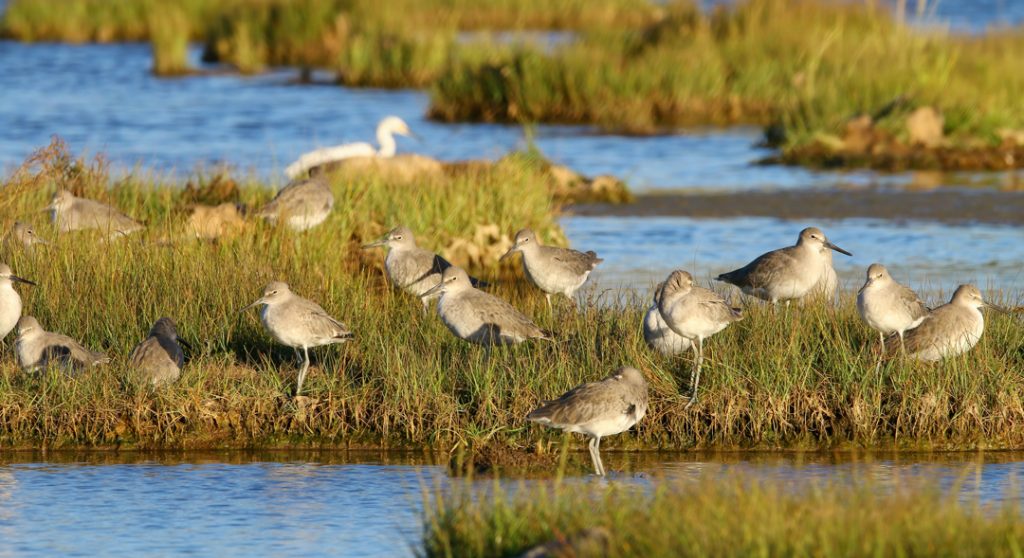by Dr. Lenore Tedesco, Executive Director
The Wetlands Institute opened its doors more than 50 years ago, and over the past half-century, much has changed – but much has remained the same. What hasn’t changed is the reliance of all species (us included) on a healthy, thriving coastal ecosystem. What hasn’t changed is our commitment to each facet of our mission – research, conservation, and education. What hasn’t changed is the tremendous support from our community.
What has changed is our vulnerability to risk associated with rising seas, driven largely by climate change. Today, rapidly rising seas pose the most serious threats to these coastal ecosystems – and with them, our coastal communities. Letting nature run its course – the “do nothing” strategy – is no longer viable because doing nothing is causing harm. Solutions are complex and at times seem unattainable – but there is hope. As we have done since our founding, The Wetlands Institute is once again taking a leadership role in bringing innovative and novel approaches to restoring and preserving our marshes – and by extension, our coastal communities.
In 2019, together with our partners at the US Army Corps and the State of New Jersey, we launched the Seven Mile Island Innovation Lab (SMIIL) as a think-tank and experimental showcase to develop, test, AND implement on-the-ground solutions. This partnership is helping create a sea change for our tidal marshes and the critical habitats that are vanishing around them. We are pioneering new techniques for marsh restoration and habitat creation using clean dredged materials; reducing coastal flood risk; and contributing to the tool kit to preserve our marshes and our way of life. To date, SMIIL projects have effectively restored or enhanced more than 85 acres of failing marsh and resulted in a paradigm shift that has helped make New Jersey a national leader in marsh restoration and coastal resiliency.
There is hope. Our early work confirms that the resiliency of marshes in the project areas has dramatically increased, ensuring that they will be here for generations to come – but there is so much more to do. Now, as our work continues, we must turn our attention to building resiliency for The Wetlands Institute campus itself – our building, our trails, and the marshes that are our backyard. Elsewhere in this newsletter, we told you we are planning a project in the marshes here – but that is only the first step. We intend to make The Wetlands Institute a model for building resiliency while living in concert with nature, and are identifying ways we can use green infrastructure and construction methods to bring this vision to reality. By using the best available science and planning with intent, compassion, and respect for the living world around us, we will set the example for how we can prepare for the changes already upon us, continue to live in a vibrant and healthy marsh, and invite nature to be an integral part of the campus – and our lives. We will share everything we learn with government agencies and our local municipalities and communities so that they too can enhance resiliency and address vulnerabilities while still allowing space for nature.
The challenges we face are great, but I have never been one to shy away from great challenges – and you have come to expect no less. We are again MAKING NO SMALL PLANS. Stay tuned and join us to learn how you can be a part of it.

